SEARCH






|
|
|
|


by Editor Peter Davidson
Published by Head Editor Yvette Depaepe, the .25 August 2021
Here are two cameras, both important, but separated by twenty years.
The Kodak Brownie 127 and Leica M6.
Each a delight to hold, simple to use and each delivering a photographic experience that, as a photographer, I relish.
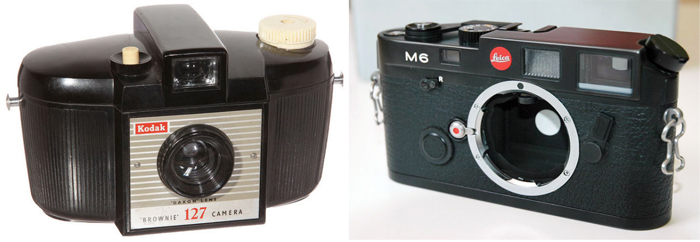
They both give the opportunity to capture some fleeting quintessential moment that can speak to me, and to others as well.
Personally, there really is no argument as to which camera was the more valuable. It's the humble Kodak Brownie of course.
And not just because that Brownie was my first camera back in 1965 and the M6 merely my first Leica in 1985. No, it was because the Brownie's simplicity enabled me to see while not thinking (or indeed knowing) how to capture what I saw. It just simply worked. Basically, any camera that works well (and I don't just mean in the mechanical sense) is essentially just a means to an end. They are tools, nothing more. So what is this strange attraction of the mythical Leica? Is it a love of photography or of the tool? What is going on?
As I'm typing this, my twelve year old (and hence positively prehistoric and ancient - for digital - Leica M9) is staring balefully back at me with its single eye, a lens that's even older, a 28 year old Summicron IV. Alongside is my equally old 90mm Tele-Elmarit along with its fine coating of lens-fungus that gives results in a kind of cut-price Thambar way. All are in beautiful mint condition. (apart from some fungus on the Elmarit, of course, but that is nothing). Like most photographers, I look after my cameras. They are my tools and I trust that if I look after them, they will look after me.
I've been a working advertising/editorial photographer since 1971. That means, though still spirited for a man now pushing seventy years old with a couple of heart attacks under his belt, my eyes are not what they were. Nor are many other things. And now I'm retired. All of which means I can photograph for myself and no one else. So let's return to my opening paragraph and the M6.
I didn't know any professional colleagues in my photographic field who owned a Leica back in the day. It wasn't really the right tool for most jobs. Or any job really. It was full frame (in 21st Century speak) and as such technically limited by it's small size. The Hasselblad was much bigger and hence a better technical tool. As was 4x5 film and 8x10 film to the Blad. That same rule applies today of course. For 35mm, or full frame if you prefer, the SLR ruled as it still does, but that is now changing. Basically, what I'm imperfectly trying to say, is that I was a TTL man through and through. The rangefinder way was alien...
With my Nikon I could see exactly what I was shooting and focus quickly anywhere in the frame and could change a film roll almost one handed in the dark. The M6 seemed to be none of those things. What it was though, was a small beautiful built mechanical thing. A gorgeously built icon of photography. So, one day finding myself with some money to spare, I bought one. And I found it so slow and difficult to use it drove me mad. It didn't suit my photographic style. I struggled. So I mostly put it away for over twenty years, bringing it out occasionally to try and master the damned thing. Gradually, very gradually, it then began to grow on me as I learned, my shooting style changed, and I warmed to the experience. I realised (as I had long suspected) the camera wasn't at fault, the fault as usual, lay with me.
I discovered I only needed to return to the Kodak Brownie mind-state. Shoot, don't think. Relax. Let the camera do the work. Trust in your insticts and the camera. Finally, I began to fully appreciate the quiet unobtrusiveness of the small lens/camera form factor. Less intimidating for my subjects, being humble and quiet and therefore better. After nearly forty years as a photographer, I began to 'get it'. So, of course, I sold my M6...
And bought an M9. Why? Because while I appreciate film, it's a total pain in the arse. All my life I've battled Kodachrome exposure intolerance and while I love Tri-X granularity, the whole film processing, the snafu's, dust, scratches and water marks I can do without. And while I loved splashing about in darkrooms for hours, frankly I haven't got many hours left. Been there, done that.
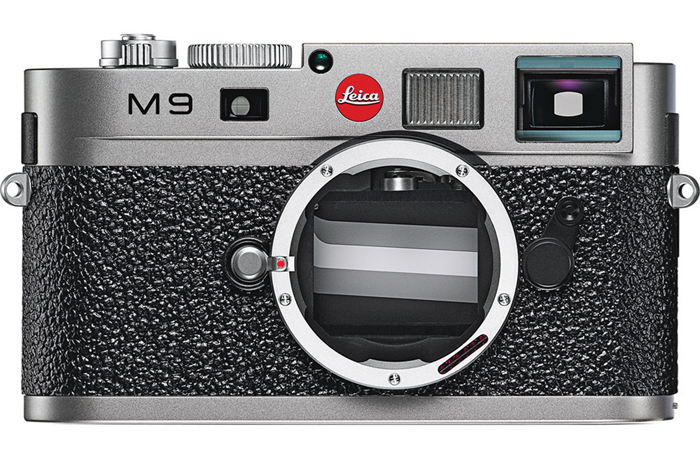
The M9 is a flawed camera and hopelessly outdated. On paper. However, it's secretly a film camera. That's because it's limitations are clear and to get the best from the camera you must work within its limitations and not in spite of them. A little secret - limitations release creativity. Then it rewards you handsomely. And, really, isn't that the basis of the whole analogue resurgence? And the monochrome output, if the ISO is kept below 800, is (to my mind) the digital equivalent of Tri-X.
In essence though, I simply know what this camera does. When I pick it up I know, for instance, that I will not have pressed some obscure button and accidentally changed the shooting mode. Everything is simply laid out, visible and accessible. It works. It doesn't get in my way. I don't have to spend hours prodding menu buttons to make it do what I want. Or trying to remember what button-mode does what. So of course I'm thinking of selling it...
Mainly because I'm finding it ever harder to focus manually. But what to get? I've checked out the small compact competition and they are fine, with quick auto focusing and comparatively very cheap but compromised either by ergonomics, sensor size or physical lens size. The thing is, on the M9 the 35mm Summicron lens is tiny. I mean, really, really tiny. The Q by comparison has a huge ugly lens on its front. And it's too wide at 28mm for me. And it's fixed. No, I'm not convinced enough yet to part with my beloved M9. And if I do, it might have to be another Leica. Beloved? Did I use the term 'beloved?' Oh dear. As I said earlier at the beginning of this piece, what is going on? Or as the youth might text, WTF?
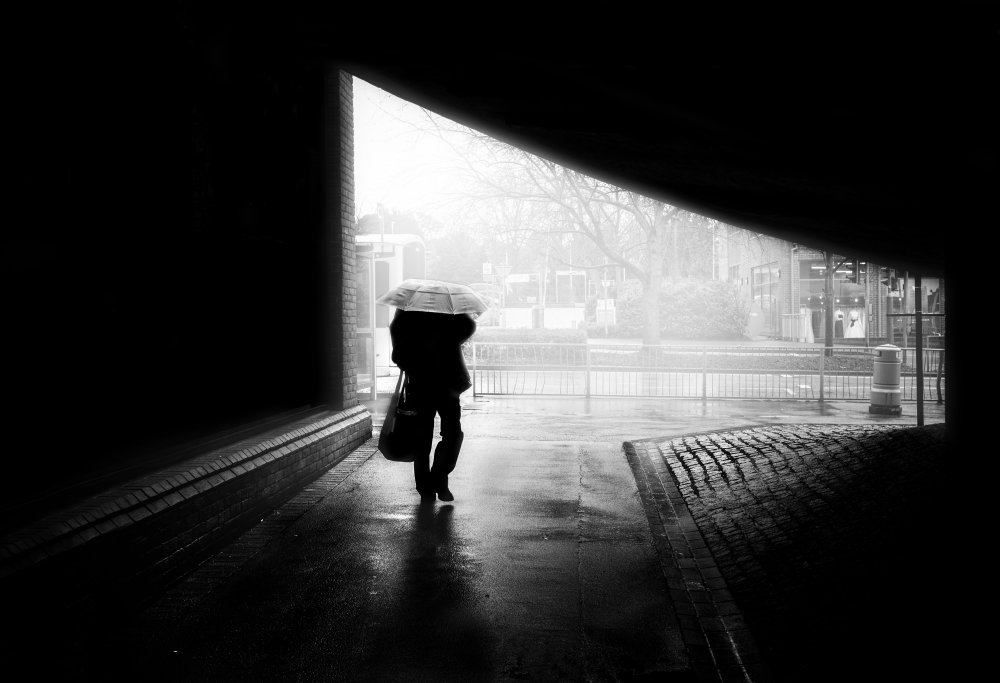
'Longing for Home' by Peter Davidson
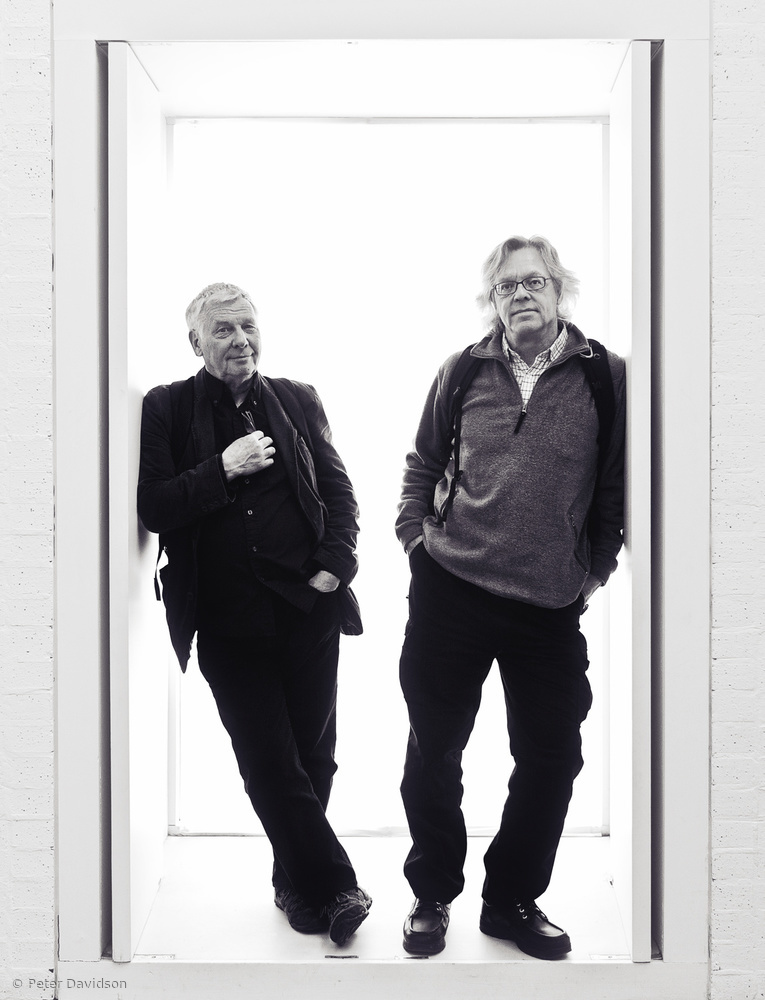
'Leaning in Different Directions' by Peter Davidson
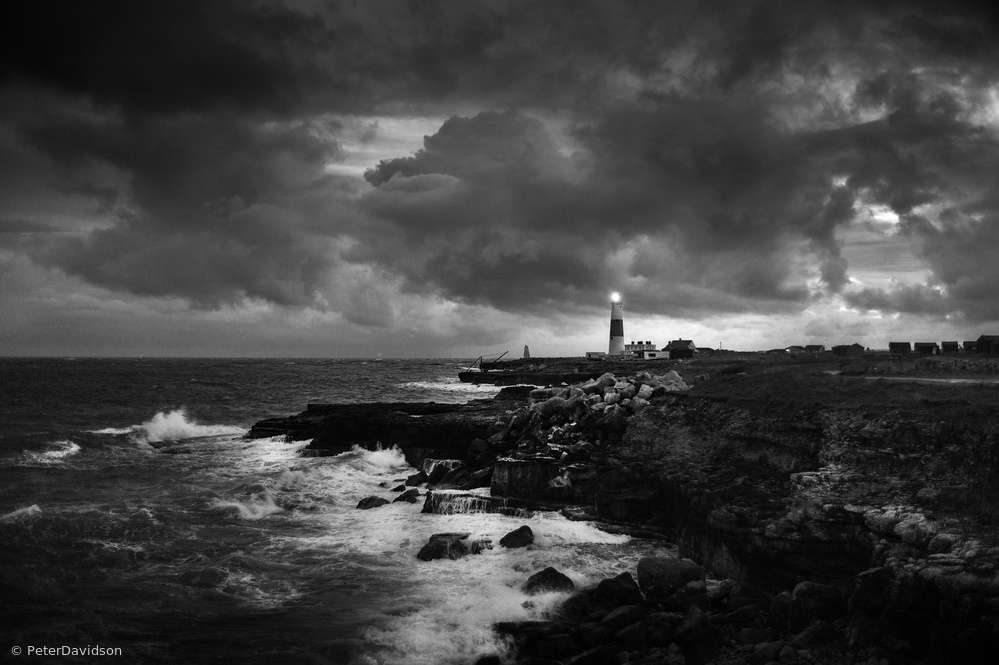
'Storm on the Bill' by Peter Davidson
Yes, I am more attached to this camera than I am to my other long held and venerable cameras.
The M9 welcomes my hand, feels right, comfortable and reassuringly solid and dependable.
As do my Nikons of course... But they, in the end, are really more tools for technical photographic challenges, while the M9 is more a tool for the heart, for expressiveness and intimacy.
There are undoubtably better cameras around, better versions of this as well. But whatever camera you have, it's the one you have in the hand, the one you are comfortable with, which is the best one for capturing the human experience. It facilitates the craft, the art of creating photography of meaning.
So of course, as with any favourite craftsman's tool, it also captures the heart of the photographer. How could it not?
 | Write |
 | Ralf Stelander FOUNDER Excellent article Peter! |
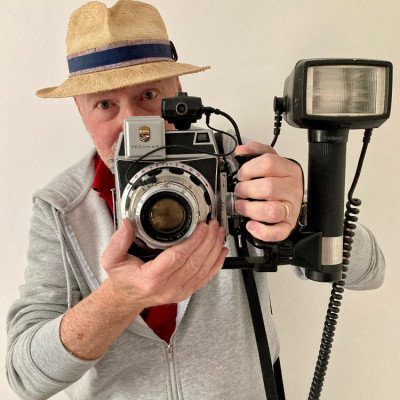 | Peter Davidson CREW Thank you Ralf! |
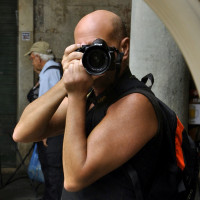 | Francesco Del Santo Thank you for your very interesting article, and for your excellent and beautiful, timeless works, Peter. Best regards. |
 | Peter Davidson CREW Thank you Francesco! |
 | Francesco Del Santo My pleasure, Peter... :) |
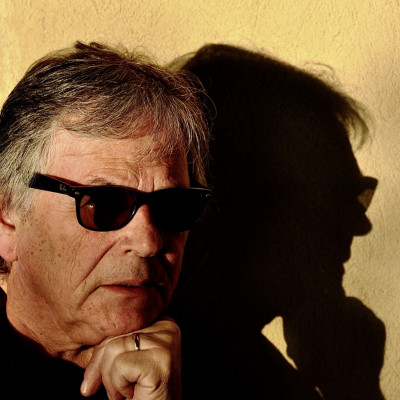 | Arnon Orbach CREW I identify completely with your interesting and enjoyable article, and beautiful photos. Being in my mid 70s I had my first camera in 1962 the Nikkorex 35. I stayed fully loyal to Nikon cameras and lenses all my life. Thanks, dear Peter for sharing. |
 | Peter Davidson CREW Many thanks Arnon, glad you enjoyed! |
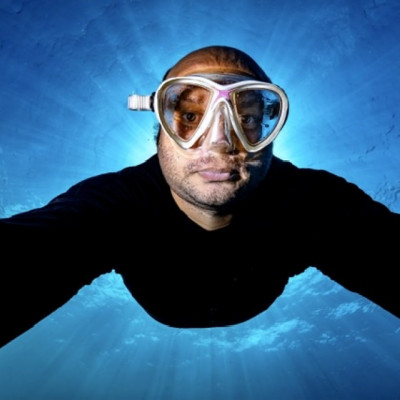 | Serge Melesan Love the article and beautiful monochrome photo 👏👏👏 |
 | Peter Davidson CREW Very kind of you Serge, thanks! |